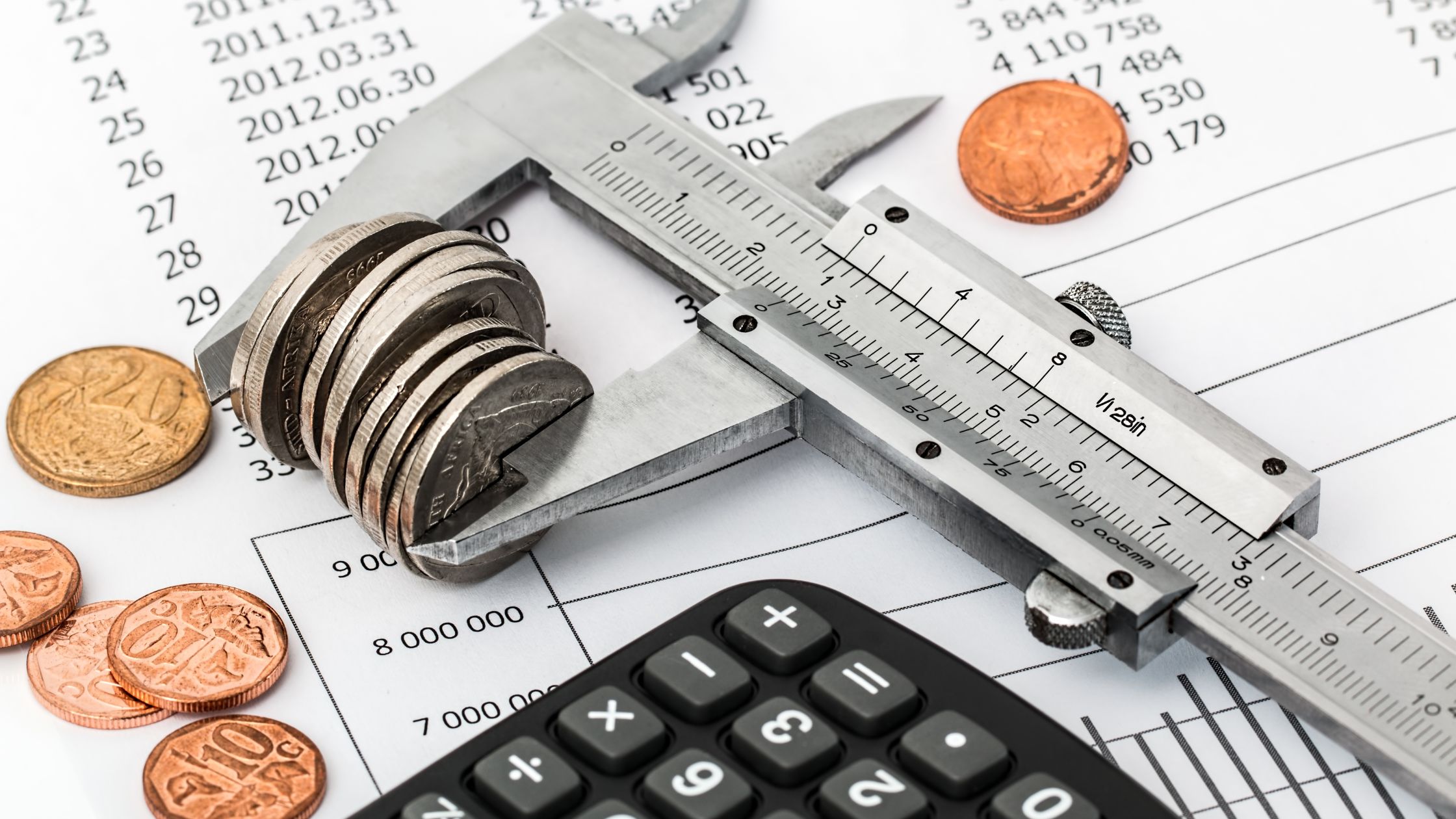
In today’s fast-paced restoration industry, accurately estimating project costs while ensuring efficiency is critical to staying competitive. Restoration estimating software has emerged as an invaluable tool for businesses, streamlining the process and providing unparalleled accuracy and speed in project estimates. Whether you’re managing a small restoration project or a large-scale operation, leveraging restoration estimating software can be a game-changer.
What is Restoration Estimating Software?
Restoration estimating software is a specialized tool designed to assist restoration professionals in calculating project costs, labor, materials, and timelines with precision. Unlike traditional methods, which often rely on manual calculations and paper-based systems, this software automates the estimation process, reducing errors and saving time.
Key Features of Restoration Estimating Software
-
Automated Calculations: Eliminate manual errors with software that calculates costs based on predefined templates and algorithms.
-
Integration with Other Tools: Seamlessly connect with project management systems, customer relationship management (CRM) tools, and accounting software.
-
Customizable Templates: Use pre-built or tailored templates to match your specific project requirements.
-
Real-Time Updates: Incorporate the latest pricing data for materials and labor directly into your estimates.
-
Cloud Accessibility: Access project estimates and data from anywhere, facilitating remote work and collaboration.
Benefits of Using Restoration Estimating Software
1. Enhanced Accuracy
Manual estimates are prone to human error, whether it’s overlooking small details or miscalculating material costs. Restoration estimating software reduces these risks by automating complex calculations and ensuring accuracy. This precision not only prevents costly mistakes but also builds trust with clients by providing reliable cost projections.
2. Time Efficiency
Traditional estimating methods can be time-consuming, especially for complex projects. Restoration estimating software significantly speeds up the process by automating repetitive tasks and offering pre-populated data. This efficiency allows restoration professionals to focus on other critical aspects of their business, such as client relationships and project execution.
3. Improved Client Satisfaction
Accurate and detailed estimates instill confidence in clients. By providing clear and transparent cost breakdowns, restoration estimating software helps clients understand the scope and pricing of the project. Additionally, faster turnaround times for estimates ensure clients aren’t left waiting, improving overall satisfaction.
4. Cost Control
With built-in tracking and reporting features, restoration estimating software helps businesses stay within budget. It allows project managers to monitor expenses and adjust estimates in real time, ensuring profitability and avoiding unexpected cost overruns.
5. Scalability
Whether you’re a small business or a large restoration company, restoration estimating software can grow with your needs. As your projects become more complex, the software can handle larger datasets and integrate with advanced systems, making it a long-term investment.
How Restoration Estimating Software Improves Project Speed
Speed is essential in the restoration industry, where delays can lead to dissatisfied clients and increased costs. Here’s how restoration estimating software accelerates the estimation process:
-
Pre-Built Databases: Many tools come with preloaded data for materials, labor rates, and equipment costs, eliminating the need for manual input.
-
Templates and Automation: Quickly generate estimates using customizable templates tailored to specific types of restoration work.
-
Integration Capabilities: By syncing with other tools, the software reduces redundant data entry, speeding up the entire project workflow.
-
Instant Revisions: Make quick updates to estimates based on real-time changes in scope or pricing.
Choosing the Right Restoration Estimating Software
When selecting restoration estimating software for your business, consider the following factors:
1. Ease of Use
Look for software with an intuitive interface that’s easy to learn and navigate. This ensures your team can quickly adopt the tool without extensive training.
2. Customization
Every restoration project is unique, so it’s important to choose software that offers customization options. This includes the ability to modify templates, add specific pricing data, and adjust formulas.
3. Integration
The best restoration estimating software integrates seamlessly with your existing systems, such as CRM, accounting, and project management tools.
4. Scalability
Opt for a solution that can grow with your business. As your projects become larger and more complex, the software should be able to handle increased demands.
5. Cost
While it’s tempting to go for the most affordable option, remember that the cheapest software may lack critical features. Consider the overall value and ROI when evaluating costs.
Future Trends in Restoration Estimating Software
The restoration industry continues to evolve, and so does the technology that supports it. Here are some emerging trends in restoration estimating software:
1. AI and Machine Learning
2. Mobile Accessibility.
3. Enhanced Data Analytics
4. Sustainability Tracking
Conclusion
Restoration estimating software is an indispensable tool for businesses aiming to improve accuracy and speed in project estimates. By automating calculations, integrating with other systems, and providing real-time updates, it streamlines the entire estimation process. Investing in the right software not only enhances efficiency but also boosts client satisfaction and profitability.
Whether you’re new to restoration or looking to upgrade your existing systems, embracing restoration estimating software is a step toward achieving greater success in the industry. Don’t just estimate—elevate your process with the power of technology.